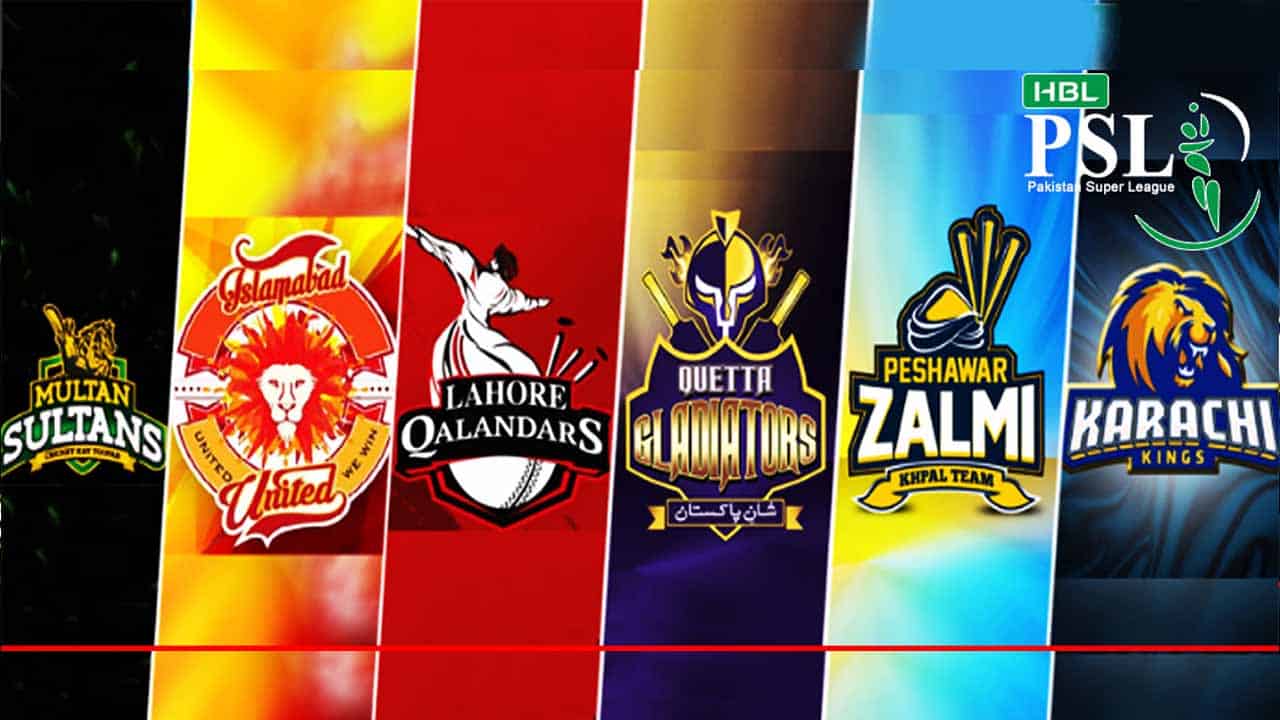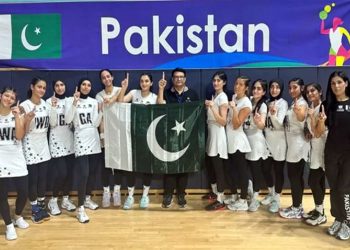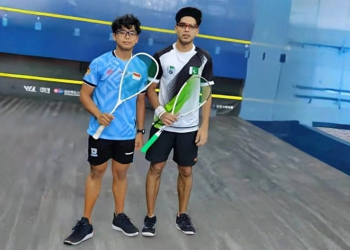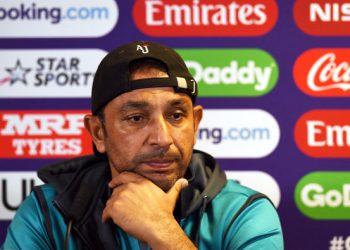The Pakistan Super League (PSL) is a professional Twenty20 cricket league in Pakistan that has gained a lot of popularity in recent years. It is a franchise-based league that was launched in 2015 and consists of six teams representing various cities in Pakistan. The league has a unique business model that includes broadcasters, PSL teams, sponsors, and the governing body of PSL and the Pakistan Cricket Board (PCB).
The PCB is the governing body of cricket in Pakistan and also the governing body of PSL, which is a private entity but has the influence of the government. The PSL business model has four main components, namely:
- Broadcasters
- PSL teams
- Sponsors
- The governing body of PSL and PCB
Firstly, it is essential to understand that the Pakistan Cricket Board (PCB) is the governing body of the PSL, and it is a private entity. The PCB is responsible for organizing the league and has three main components: broadcasters, team owners, and sponsors.
PSL Business Model
Broadcasters are the first component of PSL’s business model. They are responsible for broadcasting the league on television. The PSL is broadcasted on various TV channels, which pay the PCB for the broadcasting rights. For the 2021-2023 period, the PCB sold the broadcasting rights to two channels, A-Sports, and PTV Sports, for 24 million dollars (approximately Pakistani 638 crore). The revenue generated from the sale of broadcasting rights goes to the PCB.
The second component of PSL’s business model is sponsors. There are two types of sponsors: title sponsors and official sponsors. Title sponsors pay a considerable amount of money to have their name attached to the league’s name. For example, the HBL PSL, where HBL is the title sponsor. HBL paid 14.3 million dollars (approximately Pakistani 380 crore rupees) to renew their contract with the PSL in 2021, of which the PCB retains 5%, and the rest goes to the franchises.
The third component of PSL’s business model is team owners. The PSL has six teams, and the winning team receives 12 crore Pakistani rupees. However, team ownership is not cheap. In 2018, the Multan Sultans were sold for 42.6 million dollars (approximately Pakistani 1100 crore rupees). Team owners also earn revenue from merchandise sales, ticket sales, and sponsorships.
Official sponsors pay the PCB to have their brand promoted in various ways, such as on billboards and stickers around the ground, and through promotions during the matches. For example, the “Golootlo Catch of the Match” is an official sponsor. In addition, the PCB earns revenue from advertisements during matches. For the 2023 PSL matches, a 10-second ad will cost 1.5 million Pakistani rupees (approximately 15 lakh Pakistani rupees).
Sources of Income for PSL
The two main sources of income for the PCB (Pakistan Cricket Board) are:
- The title sponsor
- The broadcaster
Title sponsors pay a lot of money to be associated with PSL, and PCB has received millions of dollars from them to link their names with PSL. In addition to the title sponsor, broadcasters pay PCB for the rights to broadcast PSL matches on their channels, and PCB has earned a significant amount of revenue from them.
PSL teams are owned by private companies or individuals who buy teams and earn money from sponsorships and ticket sales. The responsibility of conducting PSL rests with PCB, which also earns money from official sponsors of PSL and the battery race. The battery race is an event organized during PSL matches, and PCB earns 300 crores from it.
The PSL business model has been influenced by the success of the Indian Premier League (IPL) in India. Like the IPL, PSL is also a franchise-based league that aims to promote cricket and provide opportunities for young players to showcase their skills.
One of the unique features of PSL is that it is held in the United Arab Emirates (UAE) due to the non-availability of international team time in Pakistan. The league has faced security concerns in the past, and hosting it in UAE has ensured the safety of players and spectators.
How is PSL Profitable?
Due to the lack of knowledge and expertise within the PCB, foreign private consultants were hired and offices were established in Pakistan with a local team. An alternative option was to hire companies with English and Indian operators and have a secretariat in Dubai, but this would have cost between 3-4 million dollars.
Initially, the PSL had 5 teams but over 10 years, it eventually grew to 8 teams. During the franchise auction, 6 bids were received for 5 teams, resulting in a lower amount generated. It was expected that auctioning franchises would generate 10 million dollars per year, but the actual amount was 9 million dollars per year.
Similarly, the selling of broadcasting rights for three years was expected to generate 10-16 million dollars, but the actual revenue was around 6-7 million dollars. Despite the unanticipated loss suffered by franchises, PCB made a net profit of 2.5 million dollars in the first year, which was reduced to half a million dollars after reimbursement.
To combat match-fixing, PCB has established an intelligence team and takes insights from ICC. PCB has zero tolerance towards match-fixing as it can adversely affect the business model. In the second and third years, PSL generated a net profit of 3 and 5 million dollars, respectively, and now it has reached up to 10 million dollars. PSL has transformed PCB from an autonomous body to a rich organization. Previously, the only source of revenue for PCB was ICC international fixtures, but now its income from PSL is equivalent to what it used to earn from ICC international fixtures.
Franchises in PSL
The franchises in the Pakistan Super League (PSL) are owned by the Pakistan Cricket Board (PCB) and are leased for 10 years via auction. The franchises are expected to generate revenue from sponsorships and merchandise on their own. However, the franchises have failed to treat PSL as a business proposition and have not been successful in getting revenue from sponsorships and by selling merchandise. Franchises lack an efficient commercial approach while operating franchises, and they have failed at creating city-based fan bases which would have helped in merchandising. As a result, PCB has suggested negotiating the revision of terms that are demanded by the franchises keeping in view the prevailing circumstances.
Franchise Quetta was auctioned for 1 million dollars per year, while Karachi and Lahore were auctioned for approximately 2.5 million dollars per year each. Similarly, Islamabad and Peshawar were auctioned for around 1.5 million dollars per year each. The sixth franchise, which was added later, was auctioned for an overvalued rate of above 5.5 million dollars due to the high bid by the bidder. PCB would have happily auctioned it for 3 to 4 million dollars. Such practice should be avoided as it isn’t good for the business model.
The franchises’ financial problems have increased due to disruptions caused as a result of moving PSL from Dubai to Pakistan, with the depreciation of the rupee against the dollar and for the past two years loss encountered due to covid. This could have been somewhat mitigated if the franchises had performed well commercially in attracting sponsorships and merchandising. However, plenty of potential income streams and commercial space are widely available to be exploited by the franchises if they would work financially efficiently. Franchises are engaging media houses, increasing viewership, and creating employment.
PCB has the right to scrutinize the potential buyer of a franchise before resale the franchise.
How is PSL helping young Talent?
According to current evidence from the international Pakistan team, the Pakistan Super League (PSL) has been a lucrative opportunity. It has given many young players the chance to prove themselves and join the international pool of cricketers. Franchises have been conducting talent hunt programs throughout the country, with around 50,000 young players participating in such camps. Players who participate in PSL matches earn an amount equivalent to those who have been signed by the Pakistan Cricket Board (PCB) for international duties. The franchises allocate 10% of their budget to spend on their teams, with foreign players being paid between 150,000 to 200,000 dollars for playing 10 or 12 matches. The players are categorized as gold, platinum, silver, etc., with the minimum payout being 50,000 dollars and the maximum payout being 200,000 dollars
In conclusion, the PSL business model has been successful in generating revenue for the PCB and promoting cricket in Pakistan. The league has gained a lot of popularity in recent years and has become an important platform for young cricketers to showcase their skills. With the continued support of sponsors, broadcasters, and fans, PSL is set to grow and become an even bigger success in the future.






